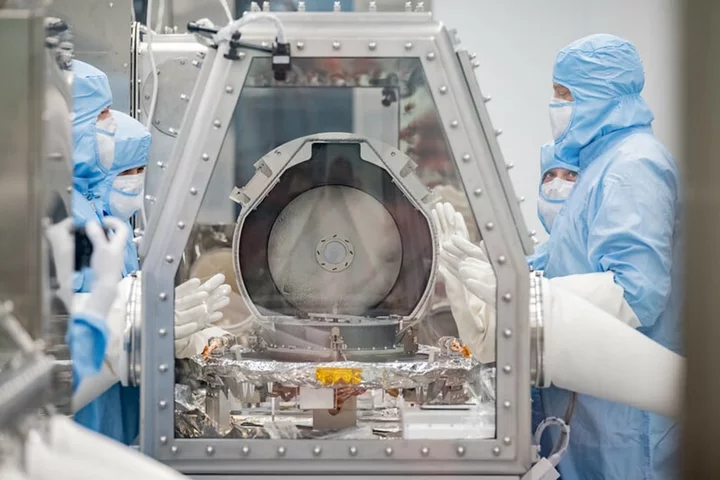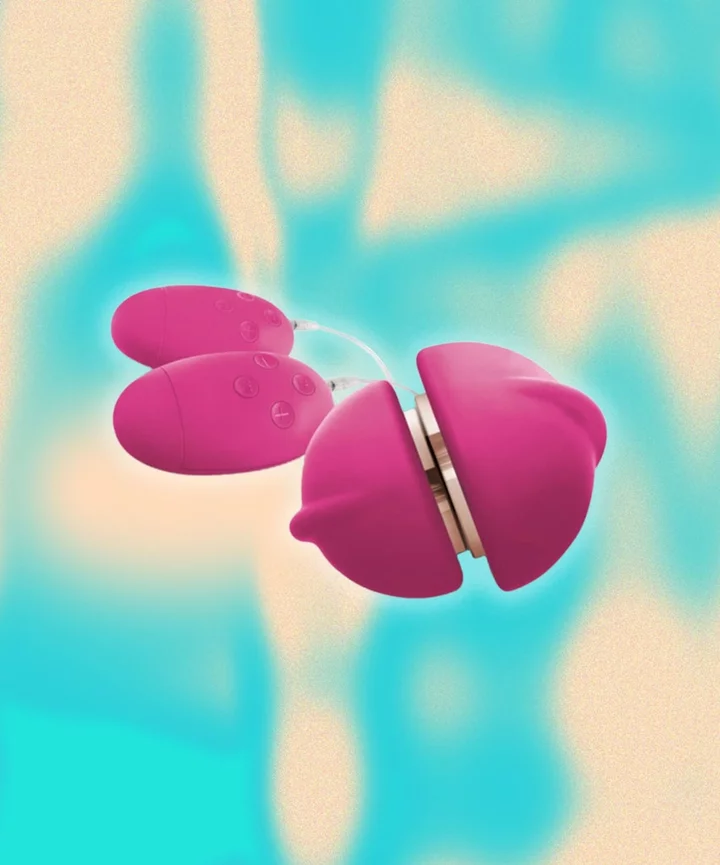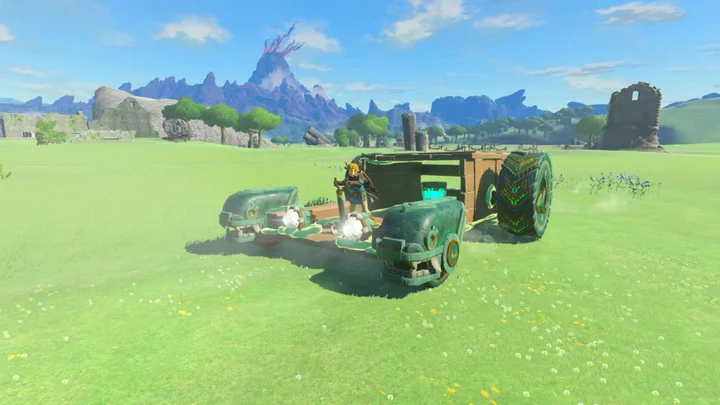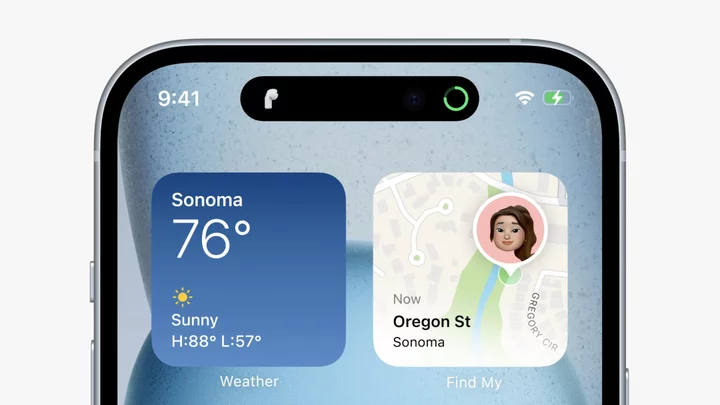NASA has a good problem.
The space agency revealed the first scientific insights from the black asteroid pieces it collected from ancient asteroid Bennu, revealing evidence of two essential ingredients for life as we know it: carbon and water. The investigation of the asteroid contents, which plummeted down to Earth on Sept. 24, is happening in a specialized clean room at the Johnson Space Center, where the agency also stores its prized moon rocks.
Scientists haven't even yet opened the actual canister that contains the bulk of what the sample collection spacecraft, called OSIRIS-REx, plucked from the 4.5 billion-year-old space rock. That's because NASA discovered they have much more asteroid to scrutinize than expected: These initial asteroid fragments were trapped outside the main collection compartment when the spacecraft slammed its cover shut after quickly diving down to fetch samples. Researchers are now carefully scouring the first intriguing grains before looking deeper inside at their greater space bounty.
Ultimately, planetary scientists hope all these pieces from asteroid Bennu — a time capsule preserving our primordial solar system — can reveal how these primitive ingredients gave rise to Earth, and the thriving life therein.
"We're trying to find out who we are, what we are, and where we came from," NASA administrator Bill Nelson said during the Oct. 11 reveal.
SEE ALSO: NASA needed help with a mission. The Vatican came to the rescue.In the image released by NASA below, you can see the asteroid pieces gathered on top of the sample collector:
On the right side of this image, pieces of asteroid Bennu are visible atop the sample collector. Credit: NASA / Erika Blumenfeld / Joseph AebersoldSo far, scientists found that OSIRIS-REx — short for Origins, Spectral Interpretation, Resource Identification and Security – Regolith Explorer – picked up small rocky grains composed of nearly five percent carbon, which is a significant find. "Carbon is essential for all life on Earth. We are all carbon based," emphasized Daniel Glavin, a NASA astrobiologist, at the reveal event.
"Carbon is essential for all life on Earth. We are all carbon based."What's more, extreme close-ups of these first samples using electron microscopes also revealed clay minerals containing water. Together with carbon, water-bearing asteroids like Bennu could have helped supply Earth with the essential ingredients needed for life to begin developing in our planet's ancient seas.
NASA suspects that once they open the sample container, they'll find some 250 grams, or 8.8 ounces, of asteroid material, plenty more than the original goal of 60 grams.
The OSIRIS-REx spacecraft, after successfully dropping off the capsule above Earth, is now flying to its next destination, an asteroid called Apophis. NASA plans to arrive in 2029, the same year the over 1,000-foot-wide Apophis will pass unsettlingly close to Earth (under one-tenth the distance between Earth and the moon.) Fortunately, this sizable rock will miss our planet, but the mission, now called OSIRIS-APEX, will observe how the encounter will affect Apophis' orbit and behavior. (There are no known potential collision threats from asteroids for over the next 100 years.)
The charred OSIRIS-REx return capsule lying in the Utah desert on Sept. 24, 2023. Credit: NASA / Keegan BarberFor now, NASA has its hands full with bounties of asteroid material, which it will both preserve for future scientists (who might have technological capabilities and questions we haven't even thought of) and with over 200 current researchers around the globe.
"Already, this is scientific treasure," said Dante Lauretta, the mission's lead scientist.









